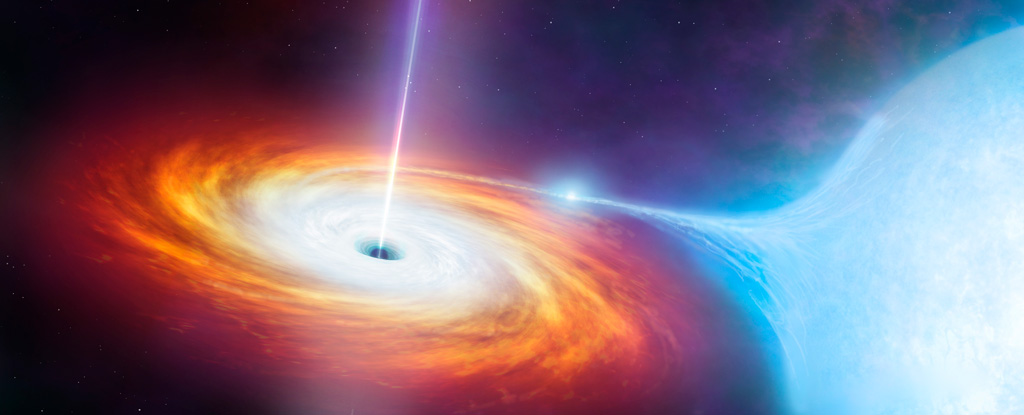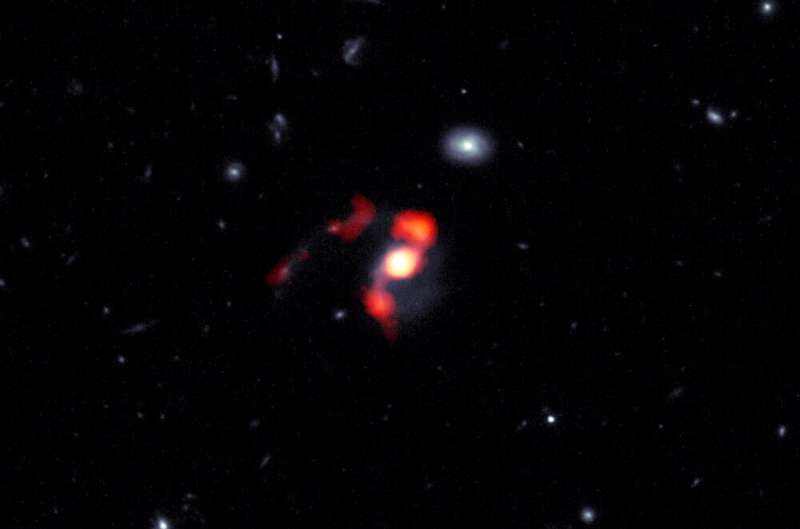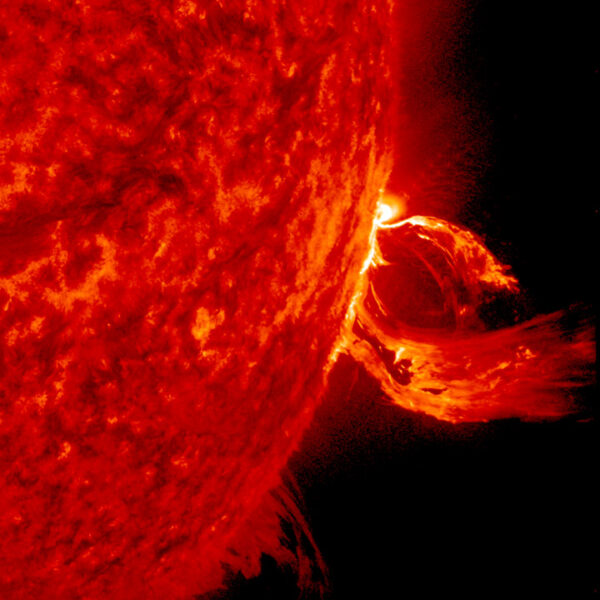https://phys.org/news/2022-08-exploring ... asses.html
by Northwestern University
Last year, a team of astrophysicists including key members from Northwestern University launched STARFORGE, a project that produces the most realistic, highest-resolution 3D simulations of star formation to date. Now, the scientists have used the highly detailed simulations to uncover what determines the masses of stars, a mystery that has captivated astrophysicists for decades.
In a new study, the team discovered that star formation is a self-regulatory process. In other words, stars themselves set their own masses. This helps explain why stars formed in disparate environments still have similar masses. The new finding may enable researchers to better understand star formation within our own Milky Way and other galaxies.
The study was published last week in the Monthly Notices of the Royal Astronomical Society. The collaborative team included experts from Northwestern, University of Texas at Austin (UT Austin), Carnegie Observatories, Harvard University and the California Institute of Technology. The lead author of the new study is Dávid Guszejnov, a postdoctoral fellow at UT Austin.


